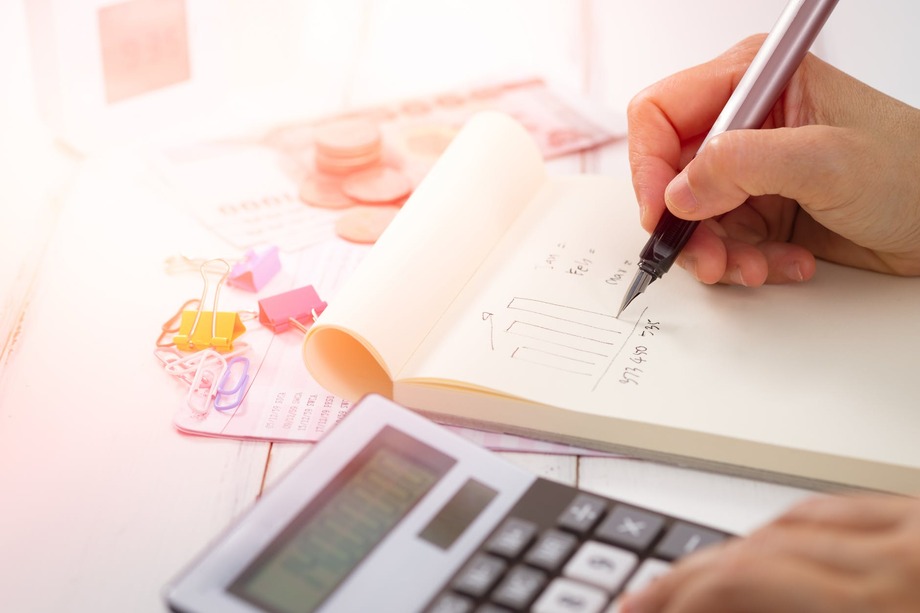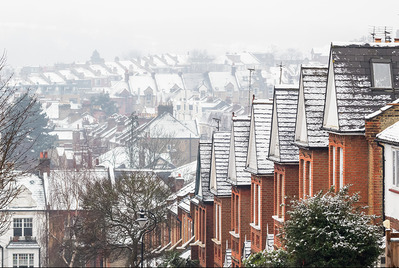
When it comes to keeping costs down for your rental property, ‘prevention is the best cure’, as the saying goes. That means you should:
- make sure the fabric of the building is in a good state of repair before it’s rented, then
- have an ongoing inspection and maintenance schedule that will help avoid any serious and costly issues. If you properties are fully managed by our expert team, we will help with these.
Have an independent survey before you buy
Unless you’re investing in a new build with warranties, you should always instruct your own independent survey. Remember, the valuation that your Buy to Let mortgage lender arranges is just to protect them – not you – and it can be as basic as a surveyor looking up ‘comparable's online '– they might not even visit the property in person.
There are several different levels of survey. The ‘right’ one for you will depend on the age and condition of the property you’re buying, so contact a RICS-qualified surveyor and take their advice on which would be most suitable. Make sure that the report will include advice on both current and potential future issues.
Do as much work as possible before you begin to let
Fixing major issues or carrying out any upgrades once you’ve started letting to tenants can be much more complicated and costly than doing the work before anyone moves into the property. If issues arise during a tenancy, you’ll have to negotiate with tenants over when works are carried out and might have to organise re-homing them elsewhere if it’s a big job. If you wait until the property becomes vacant at the end of a tenancy, you could then have an extended void period without any rental income.
So it’s generally sensible to carry out as much work as possible after completing your purchase, which should allow you to ‘future proof’ the property for a good 10-15 years.
Carry out regular inspections
Once the property is let, it’s important to carry out regular inspections - every 6-12 months - checking both the interior and exterior for any signs of damage that could lead to problems. For example, if there’s a slipped tile on the roof or cracked guttering, water could penetrate the brickwork, leading to damp inside. Or if there’s surface mildew in the bathroom that’s left untreated, it could spread and turn into a serious mould issue. That could require specialist treatment and even put your tenant’s health at risk, depending on the cause. In short, always fix problems right away, before they turn into more costly jobs.
Give your tenants a home worth looking after
If you provide your tenants with a property that’s in good condition, with a high standard of interior décor, it generally encourages them to look after it – and that should mean you’ll spend less on maintenance and repairs. So it’s worth investing in decent furnishings, refreshing the paintwork every few years and responding as soon as your tenant reports something isn’t working. Not only will things last longer, but it should help you maximise the amount of rent you can charge.
If you’re making a new investment or thinking of updating a property you already own, contact your local Your Move branch and speak to one of the team about how to save money on maintenance. Our experienced property managers are always here to help.
Is your property achieving the best rent? Get a property valuation and find out today
The Your Move Content Marketing Team



